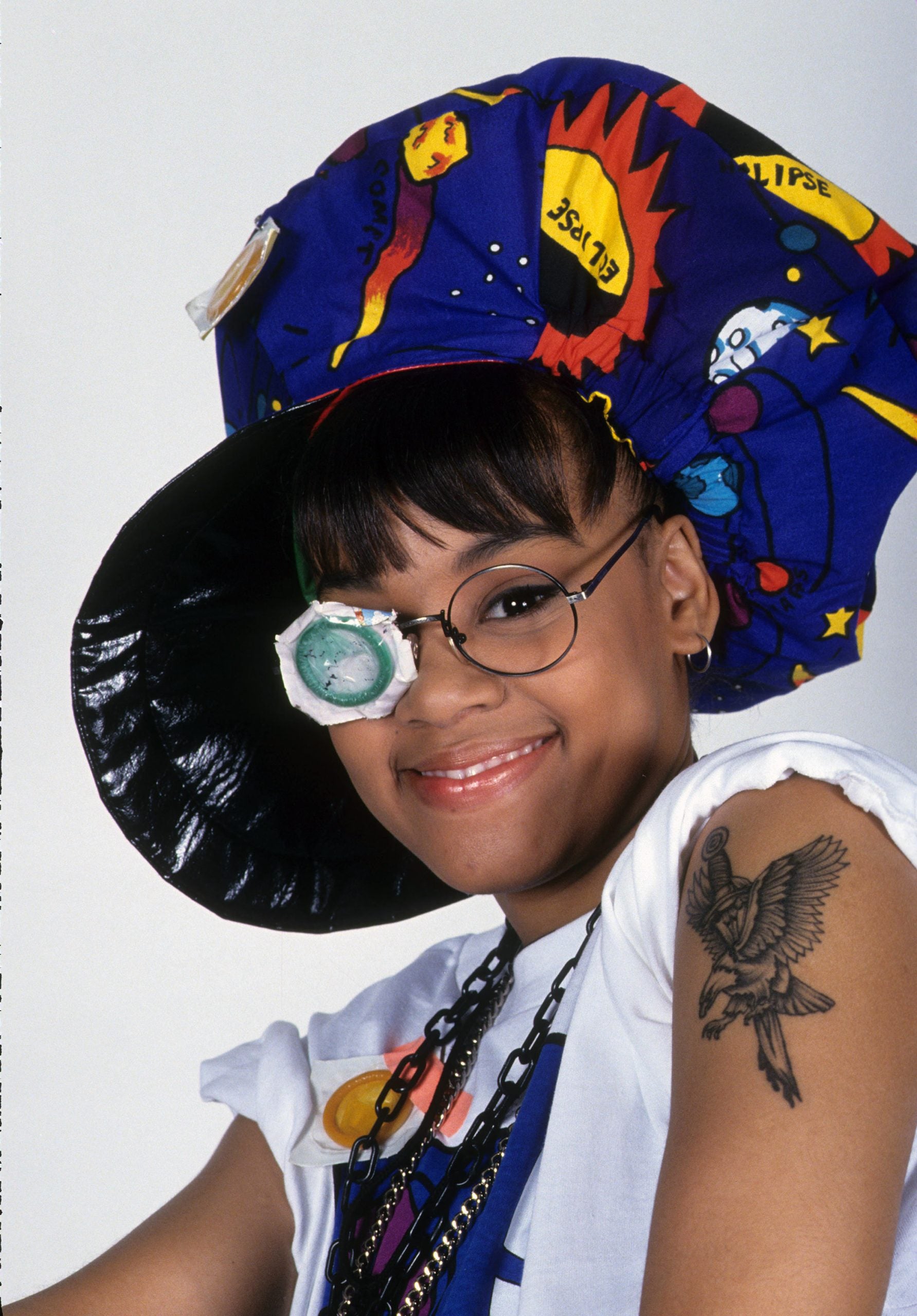Have you ever wondered why the left eye holds such a special place in science, culture, and even spirituality? It's not just about vision – it's about how we perceive the world around us. The left eye plays a crucial role in our daily lives, influencing everything from depth perception to emotional processing. Whether you're an anatomy enthusiast, a curious mind, or someone simply fascinated by the human body, this article dives deep into the wonders of the left eye.
Let’s face it, our eyes are the windows to our soul, and the left eye, in particular, has its own unique story. From its role in binocular vision to its cultural significance, the left eye is more than just a biological feature. It's a gateway to understanding how we interact with the world. So, buckle up because we’re about to take a journey through the fascinating world of the left eye.
Now, you might be thinking, “Why focus on the left eye specifically?” Well, it’s not just about symmetry or aesthetics. The left eye works in tandem with the right eye to create a complete picture of our surroundings, but it also has some cool tricks up its sleeve. Stick around, and we’ll break it all down for you in a way that’s easy to understand and packed with interesting facts.
Read also:Paige Butcher The Rising Star Redefining Fashion And Beauty Standards
Understanding the Basics of the Left Eye
What Makes the Left Eye Unique?
First things first, let’s talk about what makes the left eye stand out. While both eyes are essential for vision, the left eye has some unique characteristics that set it apart. For starters, it’s connected to the right side of the brain, which is responsible for creativity, emotions, and spatial awareness. This connection means that the left eye plays a big role in how we process emotions and interpret the world around us.
Here’s a fun fact: the left eye is often associated with intuition and spirituality in many cultures. In ancient times, it was believed that the left eye had a deeper connection to the soul, making it a symbol of insight and wisdom. So, the next time you feel like your left eye is twitching, maybe it’s trying to tell you something!
Anatomy of the Left Eye
Let’s get into the nitty-gritty of the left eye’s anatomy. The eye is a complex organ, and the left eye is no exception. It’s made up of several key components, including the cornea, lens, retina, and optic nerve. Each of these parts plays a vital role in how we see the world.
- Cornea: The clear outer layer that helps focus light entering the eye.
- Lens: The flexible part that adjusts to focus light onto the retina.
- Retina: The layer at the back of the eye that converts light into electrical signals.
- Optic Nerve: The highway that sends these signals to the brain for processing.
Now, here’s the kicker – the left eye sends its signals to the right side of the brain, which is why it’s linked to creativity and emotions. It’s like having a built-in artist in your head!
The Science Behind Left Eye Vision
Binocular Vision: How the Left Eye Works with the Right
Binocular vision is the fancy term for how our two eyes work together to create a single, three-dimensional image. The left eye and right eye each capture slightly different views of the world, and the brain combines these images to give us depth perception. This is why having both eyes is so important – without binocular vision, the world would look flat and two-dimensional.
Think about it – when you close one eye, things don’t look quite right. That’s because you’re missing out on the depth cues that come from having two eyes working together. The left eye, in particular, is crucial for tasks that require precise depth perception, like driving or playing sports.
Read also:Kelly Rohrbach The Rise Of A Hollywood Sensation
Depth Perception and the Left Eye
Speaking of depth perception, the left eye plays a key role in helping us judge distances accurately. This is especially important for activities that require hand-eye coordination, like catching a ball or threading a needle. Without the left eye, our ability to judge distances would be severely impaired.
But it’s not just about practical tasks – depth perception also enhances our overall visual experience. It allows us to appreciate the beauty of a 3D movie or the intricacy of a sculpture. The left eye, with its connection to the right side of the brain, helps us see the world in all its richness and complexity.
Cultural Significance of the Left Eye
Left Eye in Mythology and Spirituality
Throughout history, the left eye has been imbued with symbolic meaning in various cultures. In ancient Egyptian mythology, the left eye was associated with the god Horus and was believed to have healing powers. The Eye of Horus, as it’s known, was a symbol of protection and royal power.
In Hinduism, the left eye is often associated with intuition and spiritual insight. It’s said that the left eye can see beyond the physical world and into the realm of the spirit. This belief has led to the left eye being seen as a source of wisdom and enlightenment.
Superstitions Surrounding the Left Eye
Superstitions about the left eye abound in many cultures. For example, in some parts of Africa, it’s believed that a twitching left eye is a sign of good fortune. In contrast, in other cultures, a twitching left eye is seen as a warning of impending danger.
While these superstitions may seem far-fetched, they reflect the deep cultural significance of the left eye. Whether it’s seen as a symbol of luck, wisdom, or warning, the left eye continues to capture the imagination of people around the world.
Common Issues with the Left Eye
Strabismus: When the Left Eye Doesn’t Align
One common issue that can affect the left eye is strabismus, or crossed eyes. This condition occurs when the eyes don’t align properly, causing one eye to turn inward, outward, upward, or downward. Strabismus can affect depth perception and lead to other vision problems if left untreated.
The good news is that strabismus can often be corrected with glasses, eye exercises, or surgery. Early diagnosis and treatment are key to ensuring that the left eye functions properly and contributes to overall vision health.
Cataracts: Clouding of the Left Eye Lens
Another common issue that can affect the left eye is cataracts, which occur when the lens of the eye becomes cloudy. This can lead to blurred vision, difficulty seeing at night, and sensitivity to light. Cataracts are more common in older adults but can occur at any age.
The good news is that cataracts can usually be treated with surgery, which involves replacing the cloudy lens with an artificial one. With modern technology, cataract surgery is safe and effective, restoring vision and improving quality of life.
Exercises to Strengthen the Left Eye
Eye Exercises for Better Vision
If you’re looking to strengthen your left eye, there are several exercises you can try. These exercises can help improve focus, reduce eye strain, and enhance overall eye health. Here are a few to get you started:
- Palming: Rub your hands together to warm them up, then place them over your closed eyes. Focus on the darkness and relax for a few minutes.
- Figure Eight: Imagine a giant figure eight on a wall in front of you. Trace the figure eight with your eyes, moving slowly and smoothly.
- Near-Far Focus: Hold a pencil at arm’s length and focus on it. Slowly bring the pencil closer to your nose, then move it back out again.
These exercises may seem simple, but they can make a big difference in how your left eye functions. Plus, they’re easy to do and don’t require any special equipment.
Protecting Your Left Eye
Of course, strengthening your left eye is only part of the equation. Protecting it from harm is equally important. Whether you’re working on a computer, playing sports, or just going about your daily routine, there are steps you can take to keep your left eye healthy.
- Wear Sunglasses: Protect your eyes from harmful UV rays by wearing sunglasses with UV protection.
- Take Breaks: If you spend a lot of time looking at screens, take regular breaks to rest your eyes.
- Get Regular Check-Ups: Schedule regular eye exams to catch any potential issues early.
By taking care of your left eye, you’re ensuring that it continues to function properly and contribute to your overall vision health.
Technological Advances in Left Eye Care
Modern Solutions for Left Eye Problems
Thanks to advances in technology, there are now more options than ever for treating left eye problems. From laser surgery to artificial lenses, modern medicine offers a range of solutions for common eye issues.
One exciting development is the use of virtual reality (VR) to treat conditions like lazy eye. By using VR headsets, doctors can create personalized treatment plans that engage both eyes and improve binocular vision. This technology has the potential to revolutionize the way we treat left eye problems.
Future Innovations in Eye Care
Looking ahead, the future of left eye care looks bright. Researchers are exploring new ways to treat conditions like glaucoma and macular degeneration using gene therapy and stem cell technology. These innovations could lead to breakthroughs in how we prevent and treat eye diseases.
So, whether you’re dealing with a minor issue or a more serious condition, there’s hope on the horizon. With advances in technology and medicine, the possibilities for improving left eye health are endless.
Conclusion
As we’ve seen, the left eye is more than just a biological feature – it’s a vital part of how we perceive and interact with the world. From its role in binocular vision to its cultural significance, the left eye plays a crucial role in our daily lives. By understanding its anatomy, addressing common issues, and taking steps to protect it, we can ensure that our left eye remains healthy and functioning properly.
So, what can you do next? Start by incorporating some of the exercises we discussed into your daily routine. Take breaks from screens, wear sunglasses, and schedule regular eye exams. And if you’re dealing with a specific issue, don’t hesitate to seek professional help. Your left eye deserves the best care possible!
Finally, we’d love to hear from you. Have you ever experienced a twitching left eye? Do you have any tips for protecting your eyes? Leave a comment below and share your thoughts. Together, we can create a community of eye care enthusiasts who are passionate about vision health.
Table of Contents
- Understanding the Basics of the Left Eye
- The Science Behind Left Eye Vision
- Cultural Significance of the Left Eye
- Common Issues with the Left Eye
- Exercises to Strengthen the Left Eye
- Technological Advances in Left Eye Care
- Conclusion


